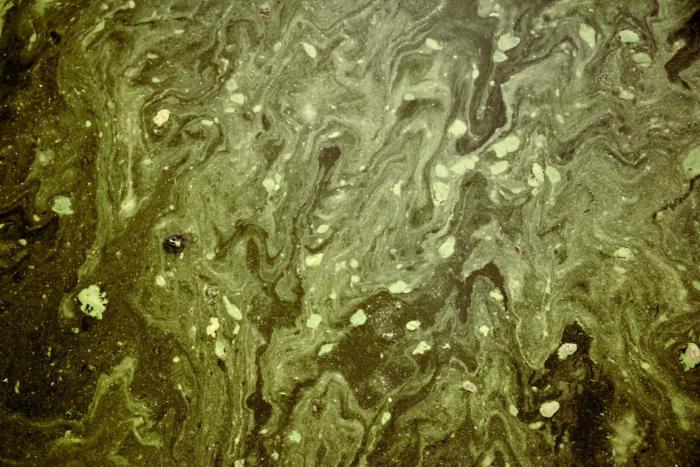
Details
Solution type
This case study is part of a project catalogue produced by ReUseHeat to inspire how to utilize excess heat from urban sources for heating and cooling purposes. The catalogue contains 25 existing or planned projects, 12 of which are Danish and 13 from other European countries.
Description
The thermal potential of sump water from open pit mining is used to supply heat to nearby communities through district heating networks. A high-temperature heat pump utilizes geothermal energy from lignite mining in Bergheim.
Facts about the case |
|
| Installed heat capacity: 865 kW (heat pump) and 314 kW (CHP unit) Heat source: Excess heat from open pit mining (27°C) Heat pump COP: 3.04 Temperatures: 27°C sump water is cooled to 21°C. District heating intake temperature is 45°C and delivered at 85°C. |
Overall system efficiency: 167% Period: Finished in December 2017. Organisation: Stadtwerke Bergheim GmbH |
The city of Bergheim is located on the left of the Rhine River near Cologne, right at the centre of a major lignite open pit mining district. In Bergheim, approximately ten public facilities are supplied with thermal heat through the communal district heating network. Sump water is a by-product of lignite mining, as groundwater needs to be drained from the open pit mine. The sump water contains a large geothermal potential, with temperatures up to 27 degrees Celsius. Sump water is accordingly drained through pipes and transferred approximately 400 m to a heat generation station. Here, temperatures are raised in a heat pump to approximately 85 degrees Celsius, and heat is sent through the local district heating network to supply local consumers, such as sports centres and schools.
The heat pump has a heat capacity of 865 kW and is driven by CO2, enabling high-temperature delivery. It is supplemented by a 400 kW CHP natural gas engine, a heat storage and two existing natural gas boilers of 1860 kW and 2300 kW, functioning as peak load units. Electricity produced in the gas-powered CHP unit is used in the heat pump in combination with sump water. Energy from the open pit groundwater is extracted and utilized. If the CHP unit produces more electricity than the heat pump demands, it is supplied to the national grid. The heat pump operates with a COP of approximately 3.0. The total CHP and heat pump system has an efficiency of 167%, and as electricity is supplied directly to the heat pump, the unit corresponds to a highly efficient natural gas boiler.
The system is supplemented by an energy storage tank with a volume of approximately 25 m3. The buffer tank increases the overall system's flexibility and can supply the heating network for several hours. Thus, the system can deliver heat in periods when the sump water supply is limited due to maintenance or other events.
The heat pump system reduces fossil fuel demand by 26% and CO2-emissions by 32% compared to the previous system without utilizing excess heat. It lowers heat prices in the community and is a reliable source of energy, as two sources, electricity and gas, are used. By extracting energy from the lignite mine, groundwater temperatures are decreased, which derives environmental benefits.
Bergheim, Germany
Finished in December 2014
IVL Swedish Environmental Research Institute
Names of stakeholders
Stadtwerke Bergheim GmbH, GESA mbH, Stadtwerke Bergeim GmbH
External links:
Dürr Thermea GmbH, Handbook – 25 cases of urban waste heat recovery
Replicability |
Low |
Medium |
High |
|---|---|---|---|
| Authorizative easiness | x | ||
| Adaptability to different climate conditions | x | ||
| Technology easy-to-implement (No need for specific technical requirements) | x | ||
| Easy-to-implement (No need for specific technical requirements) | x | ||
| Easy-to-operate (No need for specific technical requirements) | x | ||
| Opportunity of integrating waste energy sources | x | ||
| CAPEX needed for the deployment of the solution | x |
